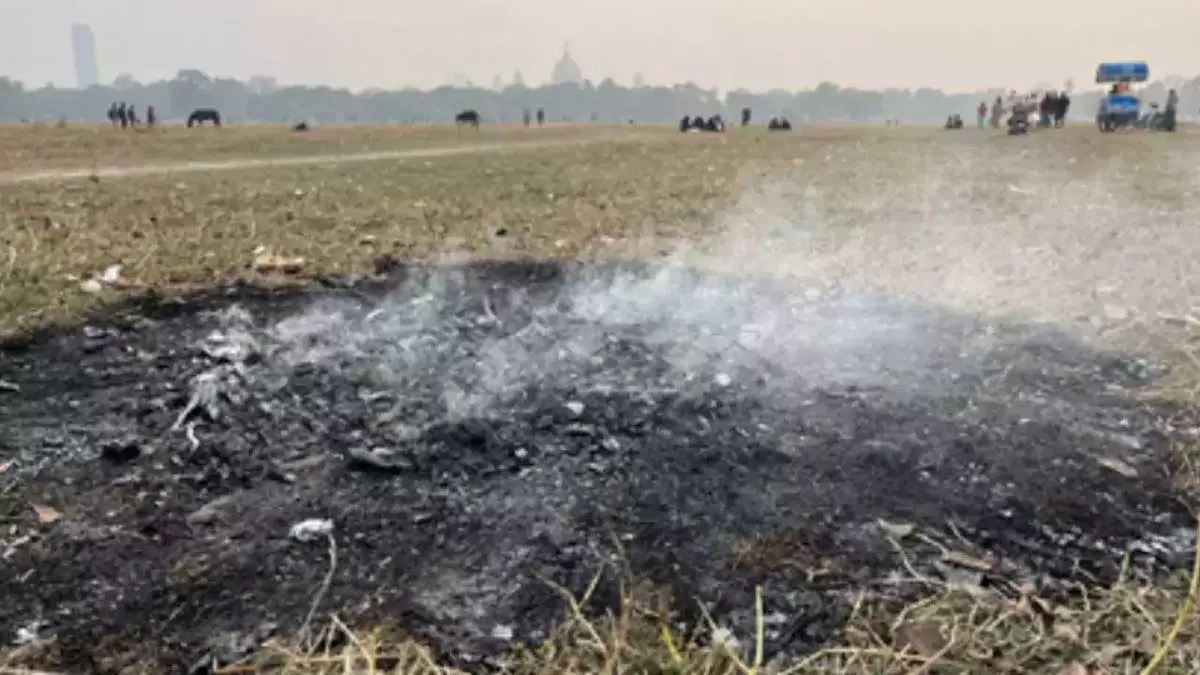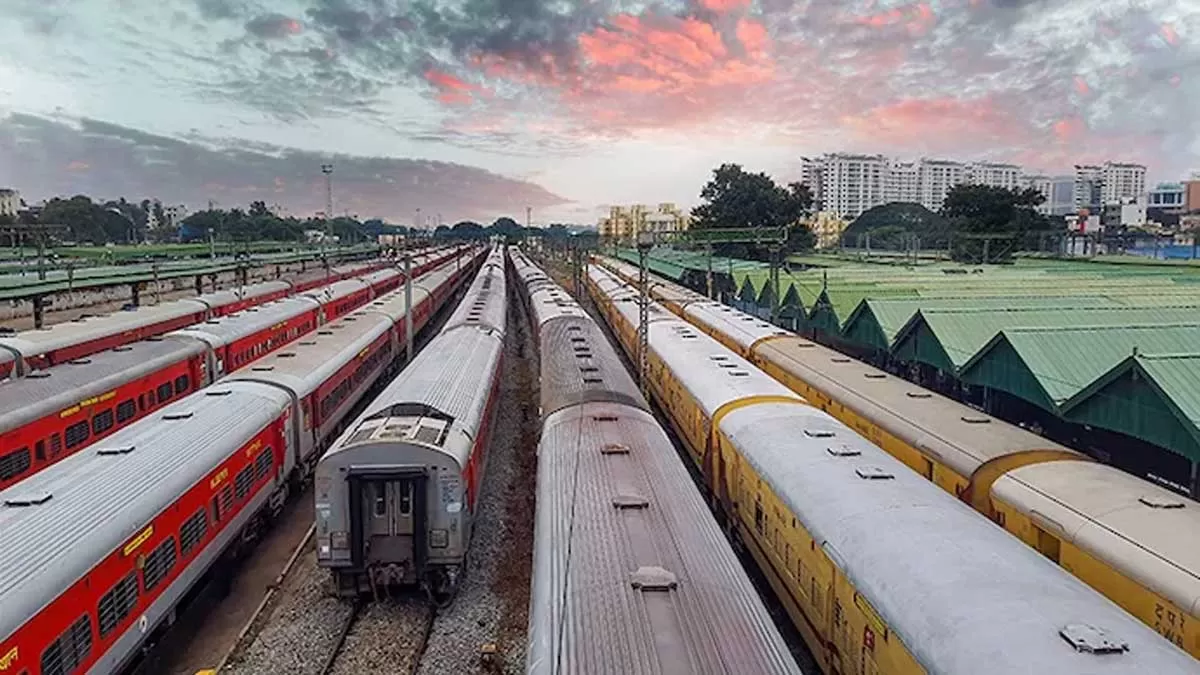
Biomass Burning Key Culprit Behind Kolkata’s Air Toxicity: Study

Rail Infra Boom in Maharashtra: Rs 1.74 Trillion Push for Better Trains
In a major press interaction held in Mumbai themed “Better Infrastructure, Better Technology, Better Trains,” Maharashtra Chief Minister Devendra Fadnavis and Union Minister of Railways Ashwini Vaishnaw jointly presented a comprehensive picture of the transformation underway in Maharashtra’s railway network—particularly the high-density Mumbai Suburban Railway. Better Infrastructure Union Minister Vaishnaw emphasized the importance of infrastructure in expanding suburban services. Rail projects worth nearly Rs 170 billion (approx. USD 2 billion) covering over 300 km of new lines are ..

India’s First Creative Tech Institute Coming to Mumbai
In a major push to India’s creative economy, the Union Ministry of Information & Broadcasting today signed a Memorandum of Understanding (MoU) with the Government of Maharashtra, Maharashtra Film, Stage & Cultural Development Corporation Ltd. (MFSCDCL), and the Indian Institute of Creative Technologies (IICT) for the establishment of a world-class institute dedicated to the Animation, Visual Effects, Gaming, Comics, and Extended Reality (AVGC-XR) sector. The MoU was exchanged in Mumbai between Chief Secretary of Maharashtra Ms. Sujata Saunik and Information & Broadcasting Secretary Shri San..

15 STPs Commissioned Under Namami Gange Mission
Under the Namami Gange Mission 2.0, a total of 15 sewage treatment projects worth Rs 31.84 billion have been successfully completed in the financial year 2024–25 so far. The second half of the fiscal saw the commissioning of seven major STPs across Uttar Pradesh, Bihar, and Delhi, enhancing India’s sewage treatment infrastructure and furthering the mission’s goal of sustainable river rejuvenation. These newly commissioned projects have added a significant boost to India’s wastewater treatment capacity, bringing the total number of commissioned STPs under the program to 157, with a com..














